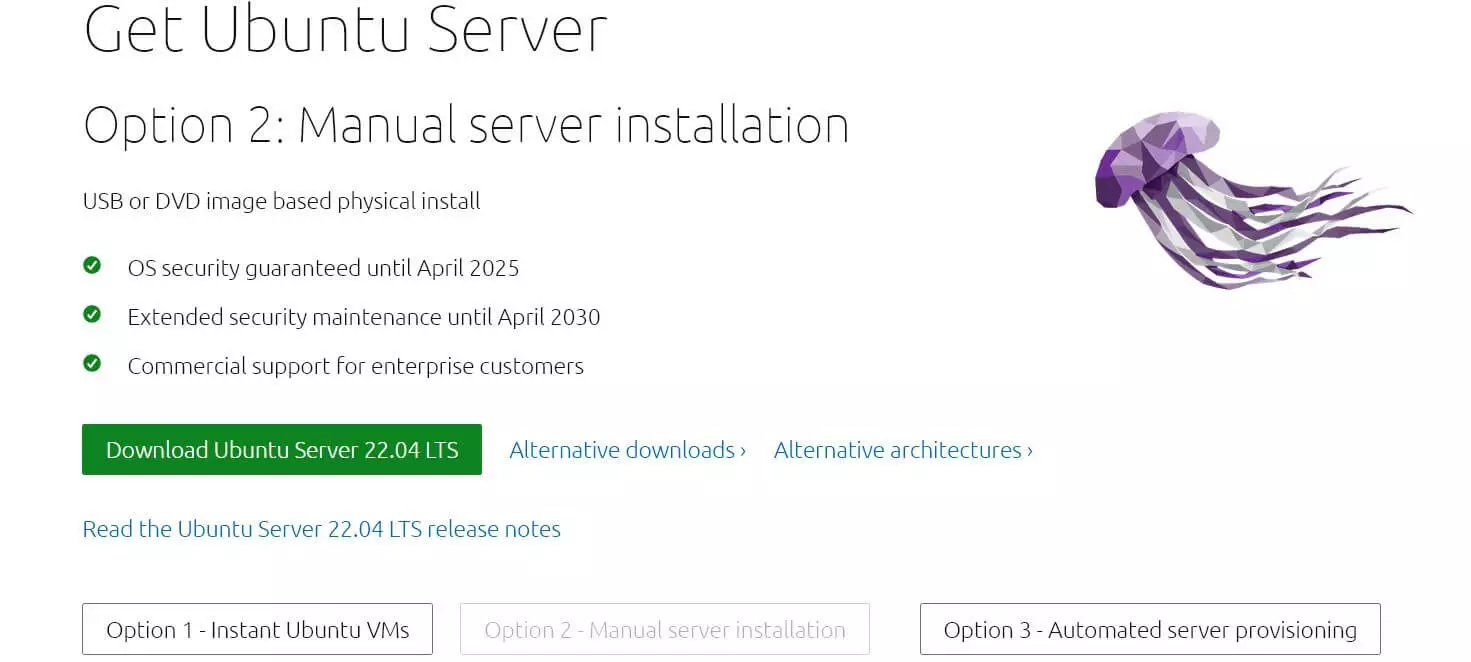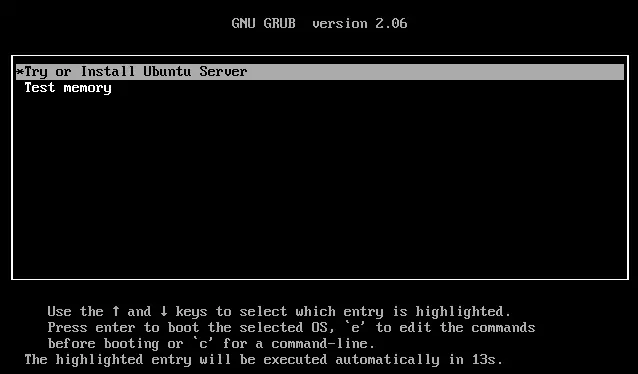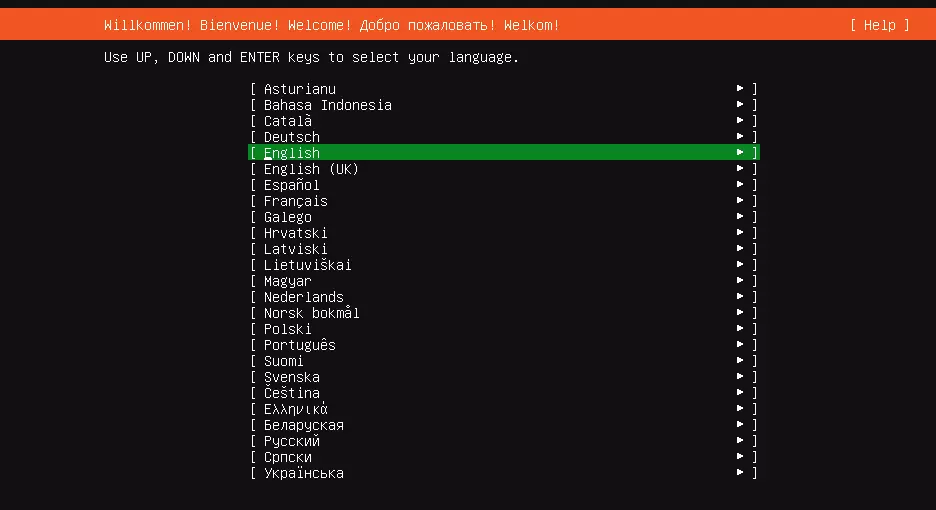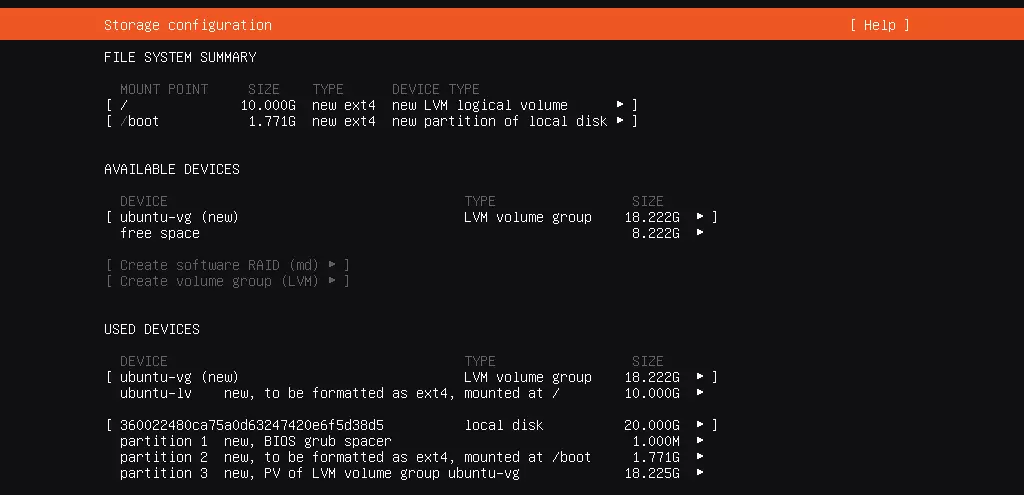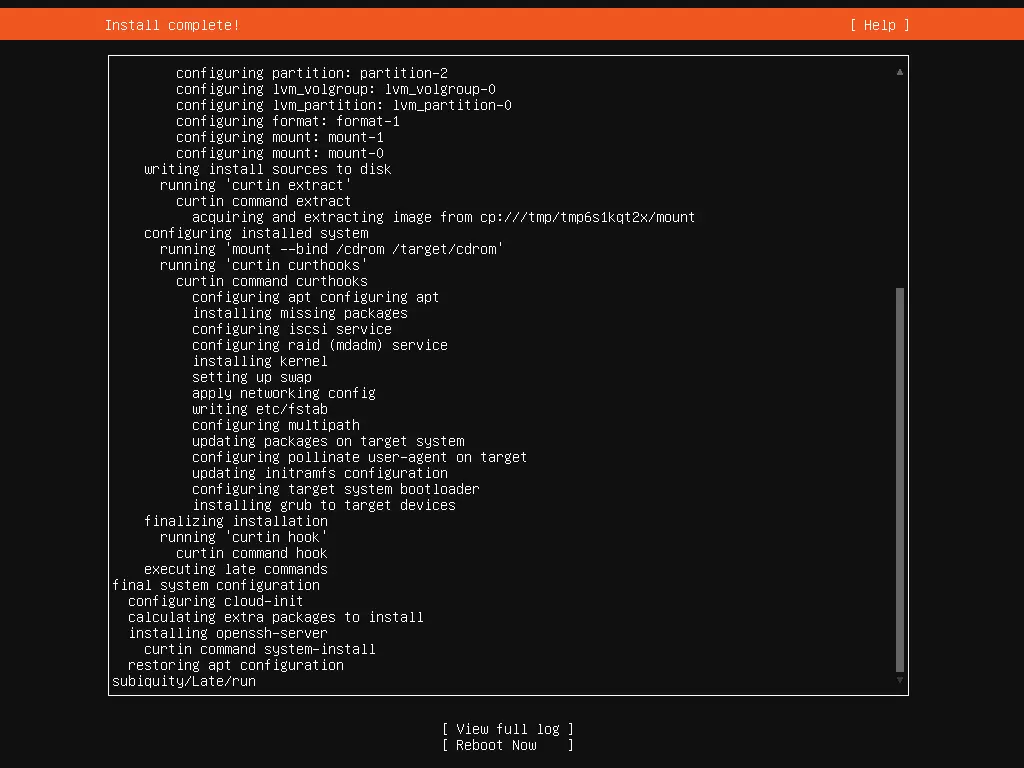How to install and set up an Ubuntu server
An Ubuntu server can be installed once you have created a bootable medium with the open source operating system’s installation image. The installation wizard will then guide you through the installation process with helpful graphics. In the following article, we have summarized the most important information and first setup steps for you.
Thanks to free starting credit, you can test the IONOS cloud server for 1 month free of charge (or until the credit is used up) and experience the perfect combination of performance and security!
Step by step to installing and setting up an Ubuntu server
Ubuntu is the server edition from the popular Linux distribution. Ubuntu provides a minimalist basis for a wide variety of server needs, such as an email server, a web hosting platform or a file server. The “Ubuntu Server Edition” does not have a graphical user interface which makes it very resource efficient. Below are the requirements for a smooth operation.
- 1 gigahertz CPU,
- 1 gigabyte RAM
- and 2.5 gigabytes of storage space
We’ll give you all the important information you need for the Ubuntu server installation and setup. This tutorial is based on the 22.04 version.
Step 1: How do I create an Ubuntu server boot medium?
Creating a boot medium is the simplest way to start the Ubuntu server installation. You’ll need a CD/DVD or USB stick with at least 4 gigabytes of available storage for this. You’ll also need the image file from the Ubuntu server application which you can download from the official Ubuntu website.
Copy the ISO file to the selected medium once it has been downloaded.
Are you unsure how to create a bootable medium on your current system? Developer Canonical provides detailed instructions on their official website on how to create an Ubuntu server boot stick in Windows, macOS and Linux!
Step 2: How do I start the installation?
You can set up or install your Ubuntu server once you have created a boot medium. All you have to do is connect your server to the boot stick and boot the device. If you are using a CD or DVD, insert the disk and reboot the server. Once the image file has been read, the server will show a display window of the bootloader GNU GRUB. Confirm by clicking “Try or Install Ubuntu Server” to start installing the Ubuntu server.
Step 3: How do I select system language and keyboard layout?
The Ubuntu server installation wizard software will start after a short pre-configuration. This actually has a graphical interface, unlike the operating system itself. The operation is very simple. Use the arrow keys to scroll between the various options and confirm your selection with Enter. You’ll select the system language in the first step of the installation, which will subsequently be used as the installation language.
Step 4: How do I select the Ubuntu server variant?
You can select the type of installation in the next step. Selecting the default installation “Ubuntu Server” will give you a basic set of software packages, which will allow you to work comfortably and at regular intervals. The “Ubuntu Server (minimized)” option will exclude a number of tools during the installation. However, you should only choose this resource-saving option if you plan to use the server infrequently.
Place an “x” beside the installation type of your choice by clicking Enter to select one of the two options.
Step 5: How do I configure network and proxy settings?
We will explain the settings for network connection and proxy server.
If your Ubuntu server is already connected to a network with an active DHCP service, the appropriate network adapter should already be preconfigured. You can continue the installation by clicking “Continue without network” if you cannot or do not want to establish a connection at this point.
If you want your Ubuntu server to use a proxy server to connect to the internet, you should enter the individual address of the HTTP proxy in the following space.
Step 6: How do I configure the Ubuntu Archive Mirror?
Every software package which belongs to the Ubuntu distribution is updated regularly and stored in the public archive “archive.ubuntu.com/ubuntu”. There are copies of the archive so you don’t have to use this one exclusively if you don’t want to. Ubuntu Archive Mirrors or Ubuntu Mirror Servers are used for security and load balancing. Simply enter the mirror details you want to use instead of the default archive.
Step 7: How do I manage storage space?
You can decide in the next section, “Storage configuration”, whether you want one large hard disk or several partitions. The preselected option of a whole hard disk is usually the best choice for an Ubuntu server.
The wizard will give a summary of the file system in the following window. Do not worry if you see several partitions here even if you have decided against partitioning. This is because Ubuntu automatically reserves small partitions of the hard disk for important system files and the boot loader.
Once the storage configuration has been confirmed, you will receive a message that the data on the affected disk will be deleted. You must agree to the deletion process to continue the installation.
Step 8: How do I set up my profile?
Step 9: How do I set up SSH?
SSH is an important tool required for secure remote access to your server. You can install the OpenSSH program package during the Ubuntu server installation by placing an “x” in the box. You can also import valid SSH keys from GitHub or Launchpad if you already have them.
We have detailed information on how to enable SSH in Ubuntu in the Digital Guide in case you skipped this step during installation.
Step 10: How do I complete Ubuntu server installation?
Remove the boot media and select “Reboot Now” to complete the installation.
Learn how to set up an Ubuntu FTP server to upload files to a web space of your choice conveniently and securely in our detailed article.


